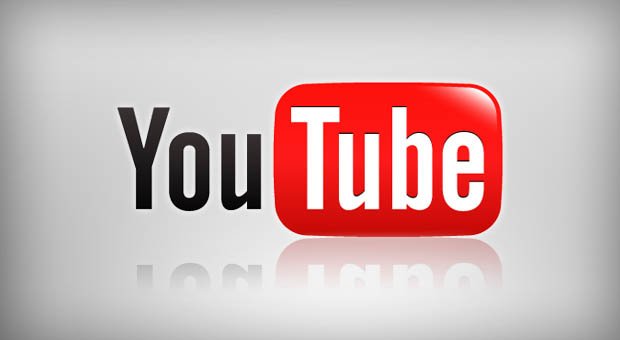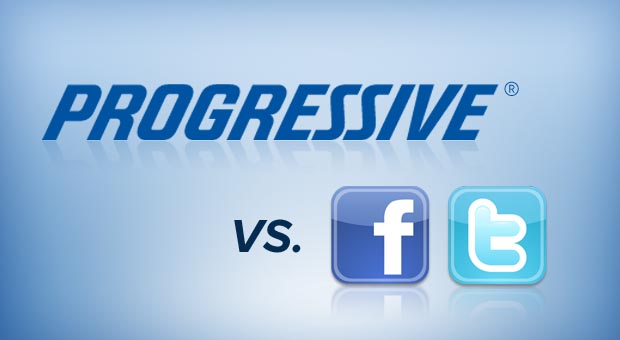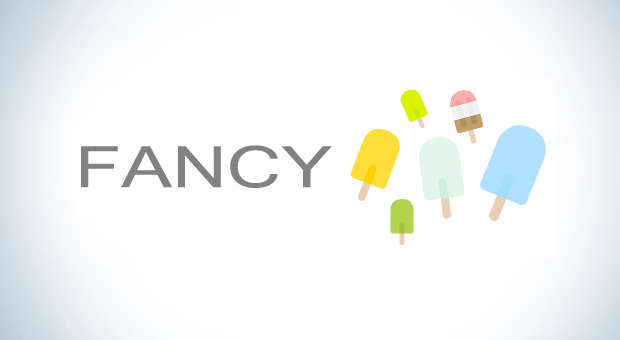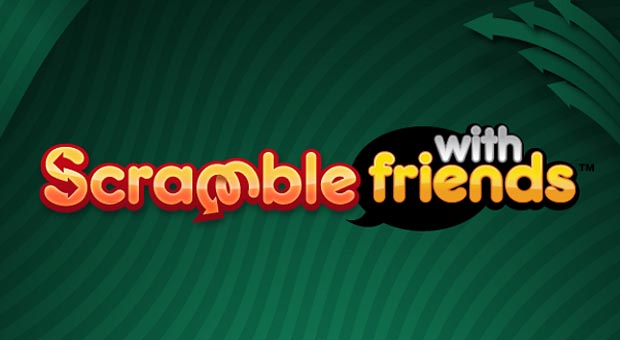In online advertising, Google search, Facebook and Twitter get most of the press, but if you’re a brand with quality videos that you don’t think are getting the views they deserve, YouTube ads are a viable option.
While everyone who posts a video to YouTube holds out hope that their video will go viral, the truth is, the odds are slim of that ever happening. (Unless you specialize in Cute Cat Videos. Then, you’re basically guaranteed 18 bazillion views. That’s a scientific fact.)
The same is true for brands with video content (in a post earlier this summer, we documented the failed Men in Black III YouTube channel). Sometimes, you need to get out there and push. In online advertising, Google search, Facebook and Twitter get most of the press, but if you’re a brand with quality videos that you don’t think are getting the views they deserve, YouTube ads are a viable option. Here are five reasons why, along with some tips on how to optimize your ads.
Reason #1: Setup Is Easy
YouTube is owned by Google, and setting up a YouTube ad campaign is very similar to setting up an AdWords campaign. In fact, YouTube ads have been incorporated into AdWords, and that’s where you’ll create your campaign. The first thing you want to do, if possible, is link your YouTube account with your AdWords account. This gives you more robust analytics for your YouTube ads right in your AdWords dashboard. You can run ads without linking the accounts, but you’d be missing out on lots of data, and since you run the ads through AdWords, you might as well link them. Here’s how.
Click on the “New campaign” box in the Campaign section of AdWords, as seen below, and then select “Online Video”:
You’ll be taken to the “Create new video campaign” screen, but don’t fill it out yet. First, on the left hand “Shared library” menu, click on “Linked YouTube Accounts”:
Next, click on the blue “Link YouTube account” box in the window that pops up.
Even if your YouTube account has a different login and password from your AdWords account, they can be linked. Once this is done and the accounts are connected, you’re ready to set up a campaign.
Go back to the main setup for a Video Campaign:
Here you can name your campaign (we suggest going with something more descriptive than “Campaign #1,” because if you run more than one campaign over time, it’ll get confusing), set your daily budget and choose locations. You’ll also get to select a video from your just-linked YouTube account to use in your ads. Next, you can set your max CPV (cost per view), groups you want to target (say you have a comedy short you want to promote, you can target “Humor” and then the “Spoofs and Satire” categories in YouTube), and include any keywords you want your ad to show for.
And then you’re ready to make an actual ad. In the “Ads” tab on your dashboard, click on the “New Video Ad” box. You’ll first have to choose a video you want to advertise:
Once that’s done, it’s time to write your ad. This is done exactly as you would with an AdWords ad. Write a Headline, two Description lines, a Display URL and a Destination URL (you can have the ad take the viewer to the video’s YouTube page or to your YouTube channel). You’ll get to pick a still from your video to act as the ad’s image, and can preview it in real-time.
Reason #2: They’re Not Crazy Expensive
In the world of pay-per-click advertising, a campaign can get expensive as keywords become more competitive. It can obviously be worth it, and sometimes it’s a necessity – but average cost-per-clicks (or CPVs, in this case) are relatively low with YouTube ads, meaning you can drive visits to your videos for less money on a per-click basis. And if you have quality video content that can spread the word about your brand or services, YouTube ads can be one of the more cost-effective ways to spread your message.
Reason #3: Free Link To Your Website
You know those pop-up ads that overlay a video you’re watching? They’re actually free to the owner of the video and video advertiser. The call-to-action overlay, as Google calls it, takes you to an external site, and features a headline and short copy. So while someone is watching your video, you can get an ad pointing to your website at no charge. It’s a real, quantifiable bonus to running a YouTube ad campaign. (Note: Call-to-action overlays are only available if you’ve linked your YouTube and AdWords accounts.)
After you’ve created your ad, click on “Videos” in your dashboard:
You’ll see all your videos related to that campaign. In the first column, called “Video,” you’ll see this underneath the link and description of the video:
Click on the plus sign, and you can create (and later edit or delete) your free call-to-action overlay, which will appear when your video is played. You write it the same way you would an AdWords or YouTube ad, with a Headline, Description, Display URL and Destination URL:
Click-through-rates for these aren’t huge. But to get a free ad and link to your site in such a visible place is a real added value.
Reason #4: Have It Your Way
YouTube offers four different Ad Formats: In-search (your ad appears above YouTube search results), In-slate (users have the option of choosing your ad and watching some of your video, amongst others, before viewing their video), In-display (your ad appears as a suggestion to the right of a YouTube video) and In-stream (your ad shows as a preview before another video). When choosing a format, you’ll get to preview what each will look like in action:
You can choose one or all of the options, and experiment as you wish. It’s a great way to cast as wide or small a net as you want with your ads, and see which format works best for your content and target audience.
Reason #5: They Work
While there are no guarantees of success in online anything, there are enough options within YouTube’s advertising mechanism that you can really make them work for you and drive views of your videos. The real question is, is it worth it to your business to pay for video views? The answer will be different for everyone. But if you do have video content that you want people to see, that will make a difference for your business, then YouTube ads are a great tool to make it happen.
























